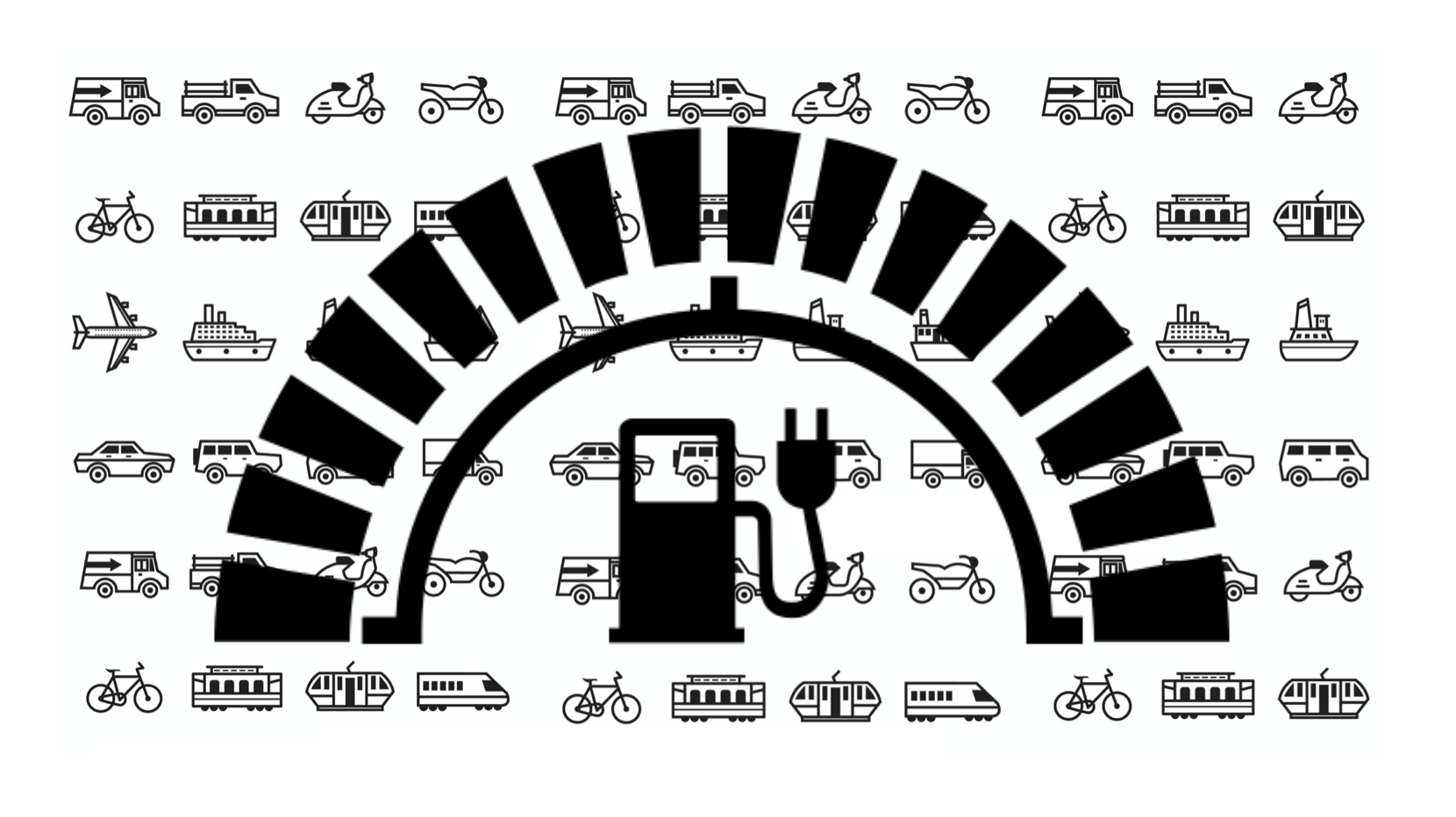
Last week we were able to go on a short vacation to the south of France again, for the first time this year. It’s a 1200 km drive and that takes us about thirteen hours with our electric car, including four stops to take a break and recharge the car. Normally, each stop takes about 30 minutes. Charging starts at a high speed and decreases as the battery becomes fuller, as this is better for battery life. Smart navigation determines for us the best stops to charge and ensures that the battery always discharges between 10% and 70% while driving and recharges at the fast-charging stations.
This time we stopped for the third charging session just North of Lyon, on the Route du Soleil, at a new Supercharger, version 3. This is a 250 kW fast-charging station. It was our first time at this new version. I plugged in the car and, as always, I checked the display in the car to see if the charging had started properly. I almost couldn’t believe what I was seeing: the charging speed was up to a whopping 1600 km/hour, with a charging power of almost 250 kW. I was used to seeing charging speeds of up to 900 km/hour. With my previous models, the charging speed was up to 600 km/hour.
How does it work, this indication of the charging speed in km/hour? For this, we first have to look at the energy consumption of the car.

With an electric car, just like with a petrol car, the consumption is highly dependent on the outside temperature, the tire pressure, and driving behavior (especially the maximum speed). When the weather is reasonable and I stay within the speed limits, my car achieves about 0.15 kWh/km. That is the nominal value that my car’s software calculates with. If you charge with 250 kW, then in one hour that would be 250 kWh, and that would take you approximately 1600 km far, as this equals 250 divided by 0.15. That would make the charging speed 1600 km/hr. Because the life of the battery must be protected, the charging rate decreases as the battery becomes fuller. Therefore, it is beneficial to drive the battery quite empty and then recharge to 60% or 70% and continue driving. Charging from 70% to 100% would take a lot of extra time.
In the case of our stop at this new type of charging station, we were able to drive on after only 12 minutes, for the next stretch of about 300 km. We hadn’t even finished our coffee yet.
My experience with the 250 kW charger shows that electric driving is entering the next phase. Throughout Europe, fast chargers are now being installed that can charge at 250 kW or even more. If we consider a large-scale transition to electric driving for passenger cars, along with the electrification of freight transport, the charging stations could lead to quite high local grid loads. Especially, of course, if everyone comes to charge at the same time.
One solution to this is the placement of stationary batteries at those charging stations. This is precisely also part of the plan of the consortium led by Fastned that is being submitted to the National Growth Fund. By supplying the knowledge and products that are needed for this, we as the Netherlands can maintain our lead, also economically, and start charging faster everywhere in this next phase of electric mobility.
Maarten Steinbuch and Carlo van de Weijer are alternately writing this weekly column, originally published (in Dutch) in FD. Did you like it? There’s more to enjoy: a book with a selection of these columns has just been published by 24U and distributed by Lecturis.
